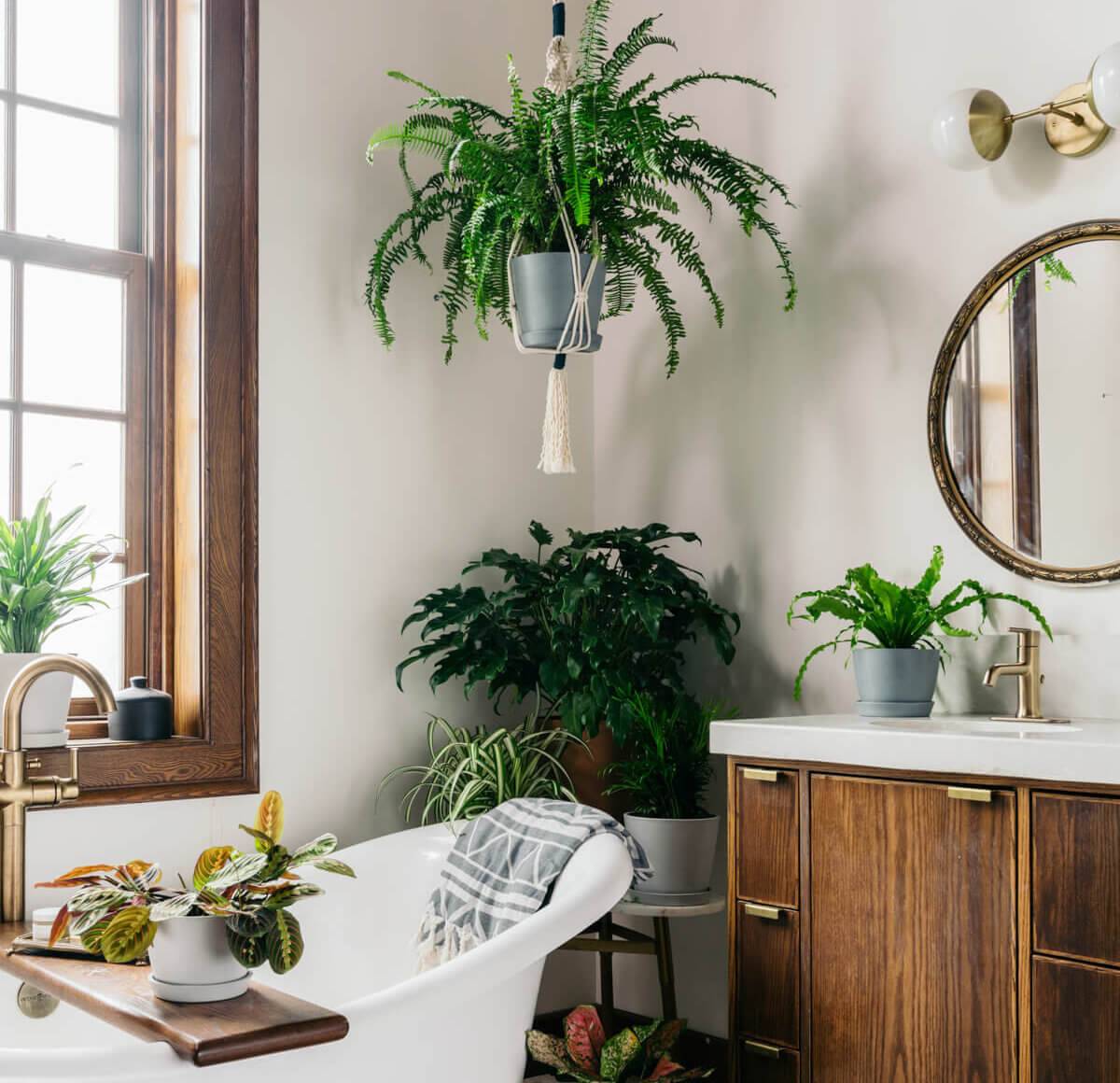Low-Light Tolerant Plants: No Light Bathroom Plants

No light bathroom plants – Despite the lack of abundant natural light, bathrooms can still be adorned with vibrant greenery. Certain plant species have evolved unique adaptations to thrive in these low-light conditions, making them ideal candidates for bathroom decor.
Even the most light-challenged bathrooms can find solace in the lush greenery of no-light bathroom plants. Their unyielding spirit and ability to thrive in the dimmest of corners is a testament to the power of nature. Like a slice of pizza wallpaper , they add a touch of vibrancy to even the most mundane of spaces.
Their presence is a reminder that even in the darkest of times, there is always room for a touch of green.
These low-light tolerant plants possess physiological traits that enable them to maximize the absorption and utilization of available light. Their leaves often exhibit a larger surface area, allowing for increased light capture. Additionally, they may have specialized pigments that enhance their ability to absorb low-intensity light waves.
Even in bathrooms where natural light is scarce, a touch of greenery can bring life and tranquility. While some plants thrive in low-light conditions, others, like ferns and succulents, may require supplemental lighting. For those seeking a stylish and practical solution, moen bathroom light fixtures offer adjustable brightness and energy efficiency, ensuring that your no-light bathroom plants receive the illumination they need to flourish.
Suitable Low-Light Plant Species for Bathrooms
- Snake Plant (Sansevieria trifasciata): Known for its hardiness and ability to tolerate neglect, the snake plant is an excellent choice for low-light bathrooms. It requires minimal watering and can withstand occasional dry spells.
- ZZ Plant (Zamioculcas zamiifolia): Another low-maintenance option, the ZZ plant is highly tolerant of low light and infrequent watering. Its glossy, dark green leaves add a touch of elegance to any bathroom.
- Peace Lily (Spathiphyllum wallisii): This elegant plant produces beautiful white flowers and prefers indirect, low light. It is also known for its air-purifying properties, making it a beneficial addition to bathrooms.
- Cast Iron Plant (Aspidistra elatior): As its name suggests, the cast iron plant is exceptionally resilient and can withstand even the darkest corners of a bathroom. Its deep green leaves tolerate low light and irregular watering.
- Pothos (Epipremnum aureum): A popular choice for hanging baskets, pothos is a trailing plant that can tolerate low light levels. Its variegated leaves add a splash of color to bathrooms.
- Spider Plant (Chlorophytum comosum): Known for its ability to produce plantlets, the spider plant is a low-maintenance option that prefers indirect light. It is also known for its air-purifying qualities.
- Ferns (Various species): Ferns are a diverse group of plants that generally prefer low light conditions. Some popular bathroom-friendly ferns include Boston fern, maidenhair fern, and bird’s nest fern.
Bathroom Conditions and Plant Selection

Bathrooms present unique challenges for plants due to their humid, low-light, and potentially wet environments. Choosing the right plants for these conditions requires careful consideration of factors such as size, growth habit, and moisture tolerance.
Plant Selection for Bathrooms, No light bathroom plants
– Opt for small to medium-sized plants that can thrive in limited space, such as succulents, ferns, or snake plants.
– Choose plants with compact growth habits that won’t overgrow their surroundings, like hoyas, peperomias, or orchids.
– Select plants that tolerate high humidity and occasional exposure to water, such as bromeliads, tillandsias, or peace lilies.
Plant Care and Maintenance

Low-light bathroom plants require specific care to thrive in their unique environment. Understanding their watering, fertilizing, and pruning needs, as well as creating an optimal environment, is crucial for their well-being.
Watering
- Allow the soil to dry out slightly between waterings.
- Water deeply when the soil feels dry to the touch.
- Avoid overwatering, as this can lead to root rot.
Fertilizing
- Fertilize monthly during the growing season (spring and summer).
- Use a balanced liquid fertilizer diluted to half strength.
- Avoid overfertilizing, as this can burn the roots.
Pruning
- Prune regularly to remove dead or yellowing leaves.
- Trim back overgrown stems to maintain the desired shape.
- Pruning encourages new growth and prevents the plant from becoming leggy.
Creating an Optimal Environment
- Humidity: Mist the plants regularly or place them on a pebble tray filled with water to increase humidity.
- Supplemental Lighting: If natural light is insufficient, consider using grow lights to provide additional illumination.
- Temperature: Most low-light bathroom plants prefer temperatures between 65-80°F (18-27°C).